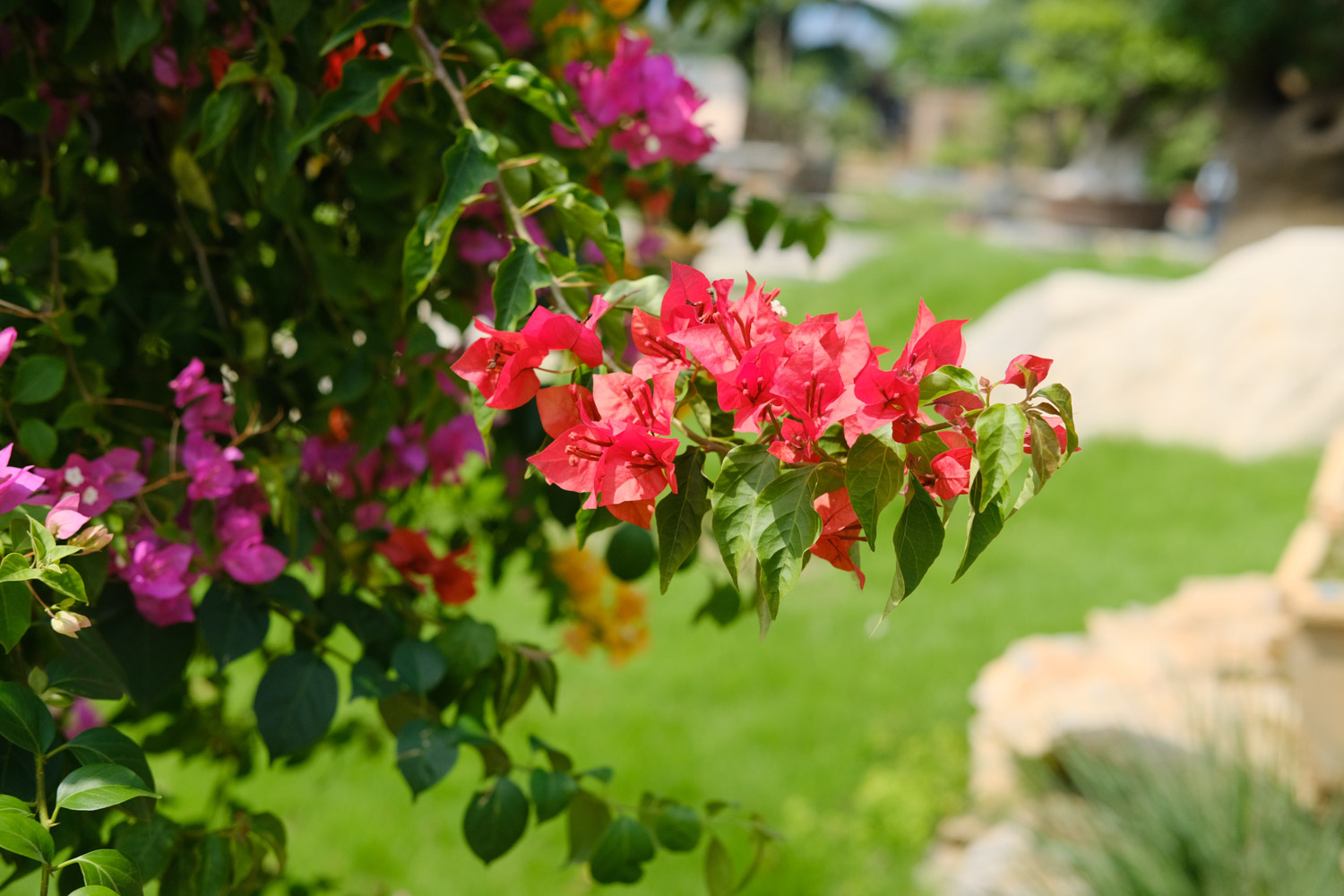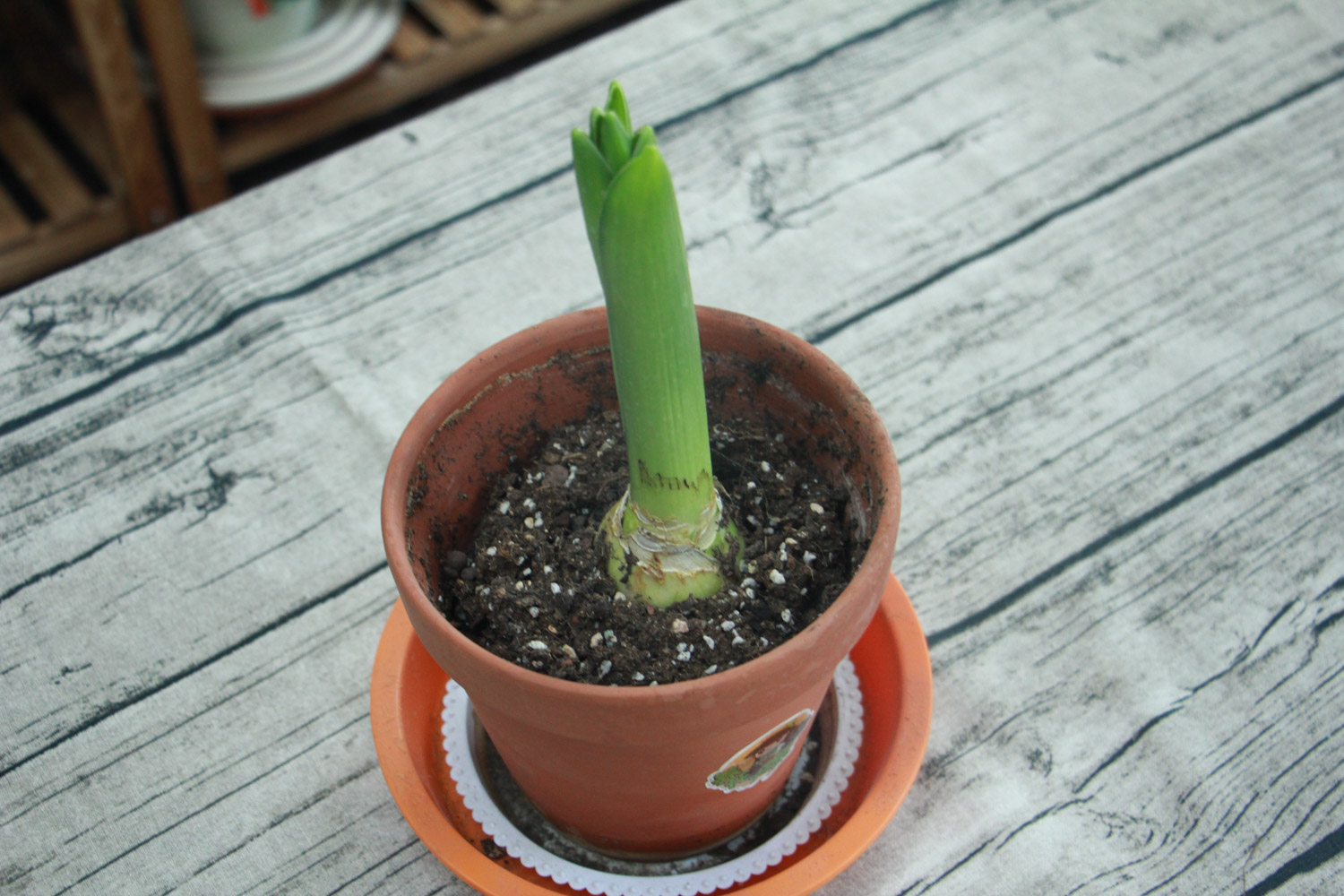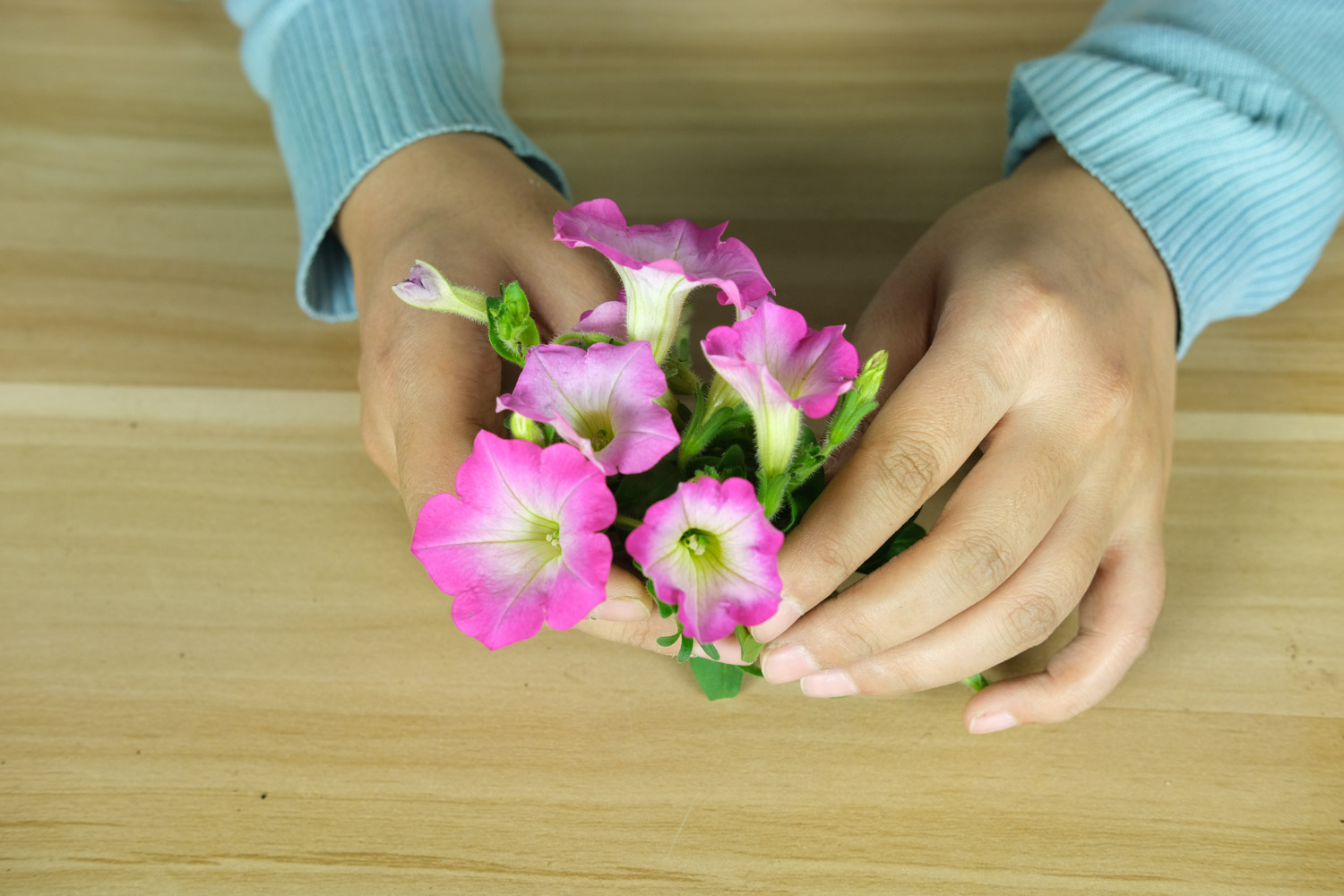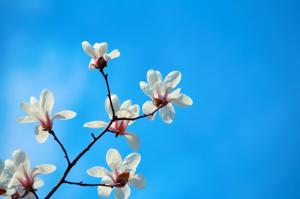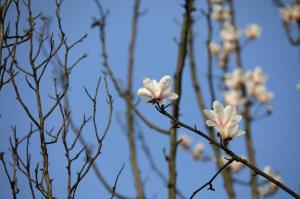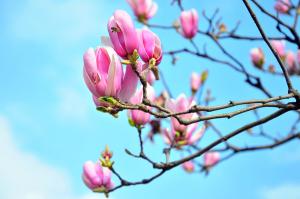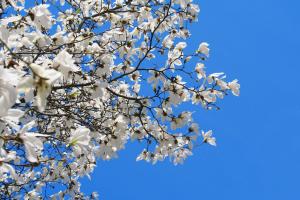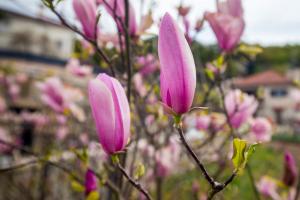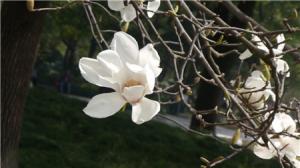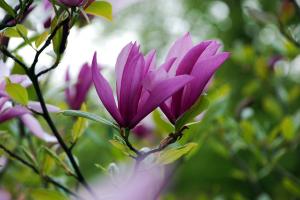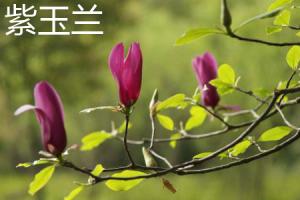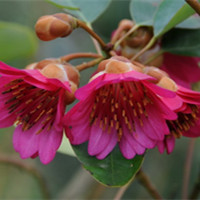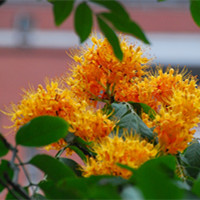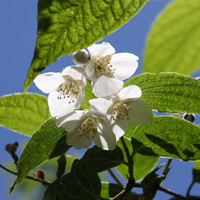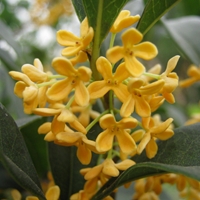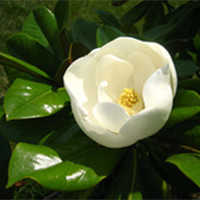Magnolia grandiflora knowledge
Magnolia grandiflora belongs to Magnoliaceae, also known as Magnolia grandiflora and Magnolia lotus. Magnolia is an evergreen tree with thick leathery leaves, large and fragrant flowers, magnificent tree posture, precious tree species and long service life. The tree is widely planted in Kunshan. The word "wide" implies the breadth of mind and bearing of Kunshan mountain, which embraces all rivers and draws on the strengths of others; The word "jade" implies the urban character of "Kunshan has jade and jade is in its person"; The word "Lan" implies the "opera garden orchid" of Kunqu Opera, the "ancestor of all operas". And these three words basically belong to the open tone with beautiful tone
Morphological characteristics of Magnolia grandiflora
Magnolia grandiflora is a large evergreen tree with a height of 20-30 meters. The bark is light brown or gray, showing thin scaly cracking. Branches and buds have rust colored fine hairs. Leaves long elliptic, alternate; Petiole 1.5-4 cm long, brown pubescent on the back; Stipules separated from petioles; Leaves leathery, leaves elliptic or obovate oblong, 10-20 cm long and 4-10 cm wide, apex blunt or acuminate, base cuneate, dark green above, shiny, light green below, rusty fine hairs, 8-9 pairs of lateral veins. The flowers are fragrant, white, cup-shaped, 15-20 cm in diameter, and open like lotus; Pedicel robust and downy; Perianth 9-12, obovate, thick fleshy; Stamens numerous, about 2 cm long, filaments flat, purple, anthers inward, connectives protruding into short tips; Pistil group elliptic, densely covered with long villi, carpel ovate, 1-1.5 cm long, style curly. Aggregate fruit is cylindrical, oblong or ovate, densely covered with brown or grayish yellow villi, and the fruit apex has a long beak. Seeds elliptic or ovate, laterally compressed, ca. 1.4 cm long and ca. 6 mm wide
Growth habits of Magnolia grandiflora
Magnolia grandiflora grows in light and is slightly shade tolerant when young. Like warm and humid climate and have certain cold resistance. It is suitable for slightly acidic or neutral soil with high dryness, fertility, humidity and good drainage. It is easy to yellowing when planting in alkaline soil. Ponding and poor drainage are avoided. It has strong resistance to soot and sulfur dioxide gas and less diseases and pests. Deep and wide roots and strong wind resistance. In particular, the seedlings have tall and straight trunk, majestic tree potential and strong adaptability
Origin and distribution of Magnolia grandiflora
magnolia is native to South America, and is distributed in North America and the Yangtze River Valley in the Chinese mainland and south, and Northern Beijing, Lanzhou and other places have been artificially introduced. It is the city tree of Changzhou, Nantong and Lianyungang in Jiangsu Province, Hefei in Anhui Province and Yuyao in Zhejiang Province. It is also common in Shanghai, Nanjing and Hangzhou in the Yangtze River Basin


